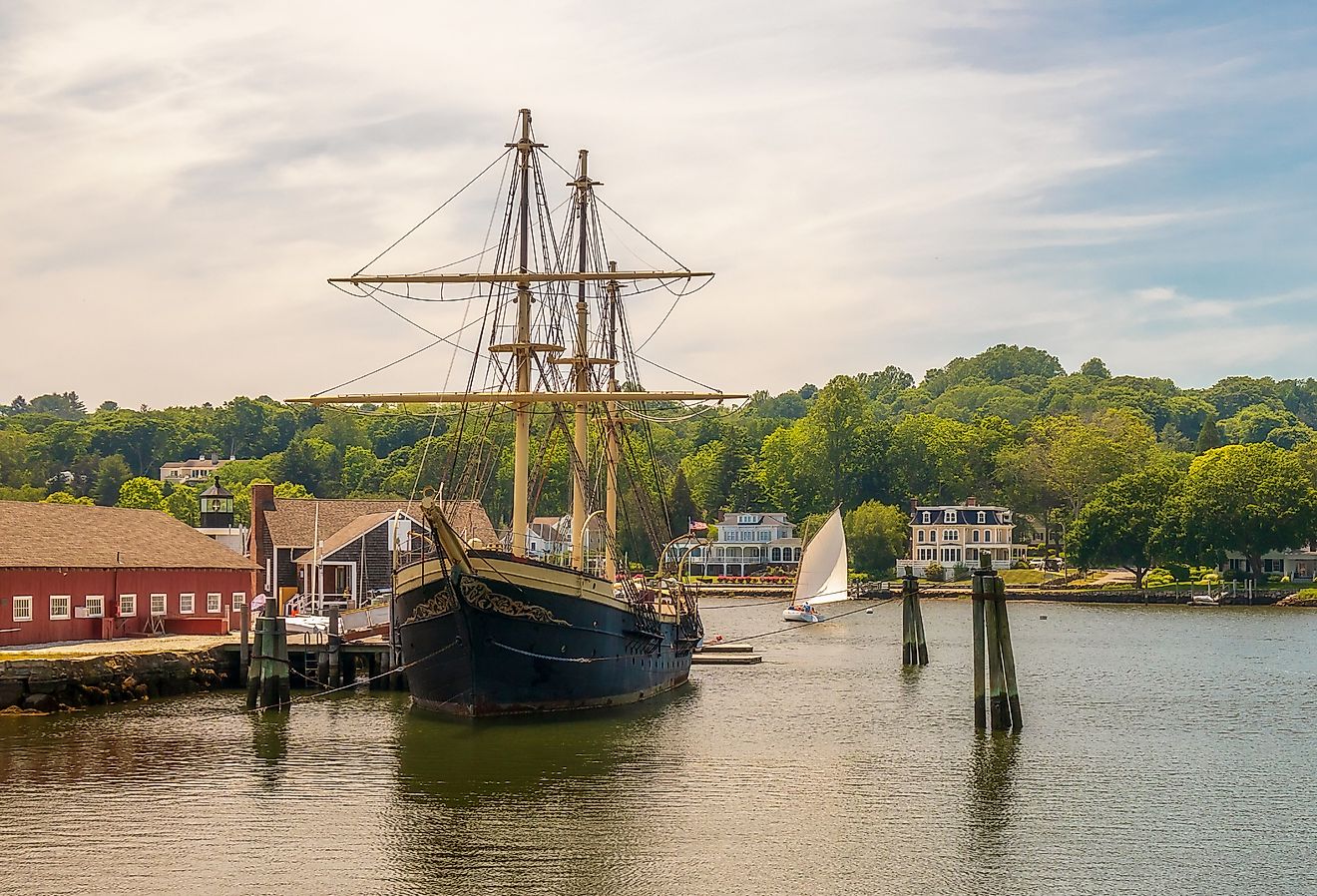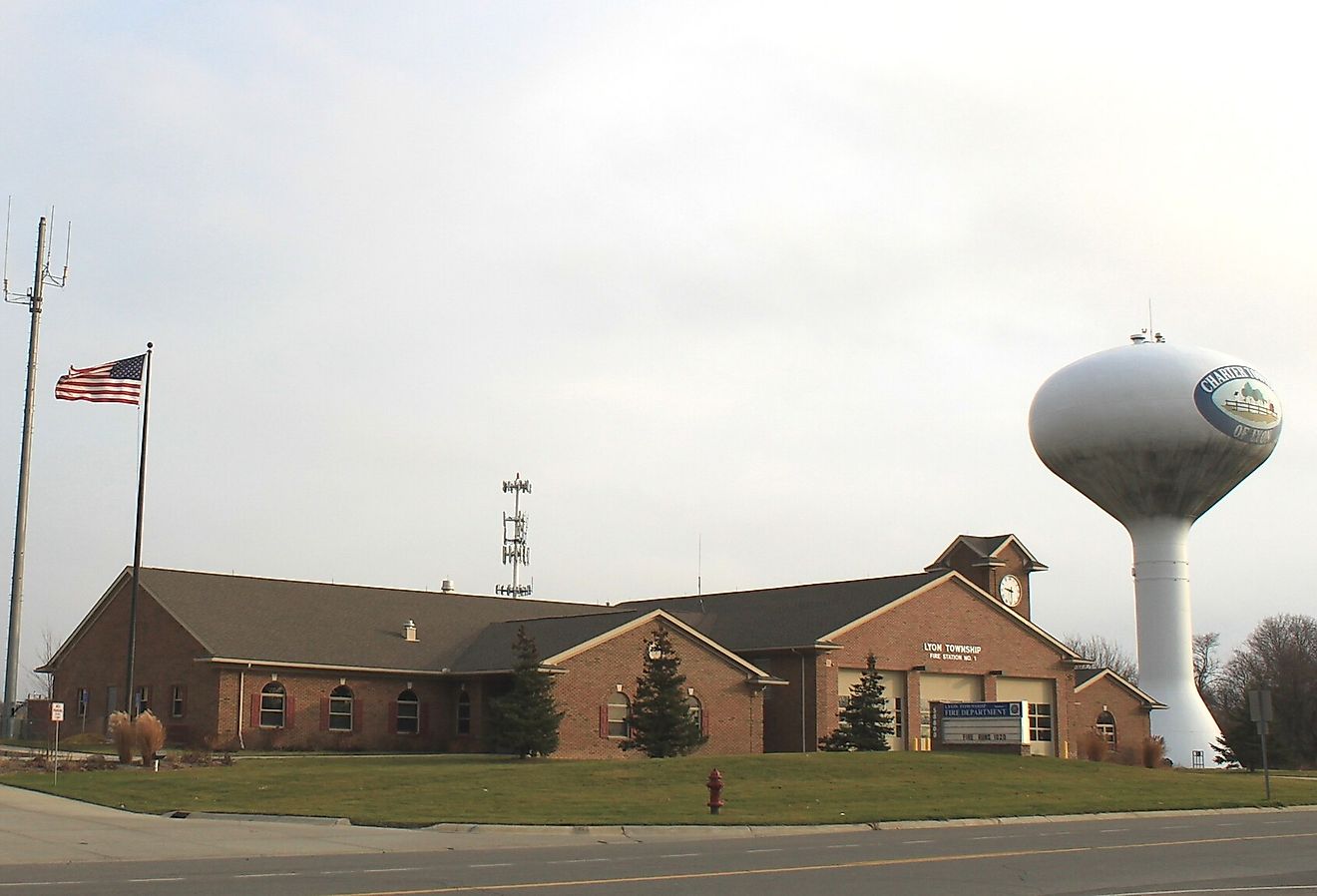UNESCO World Heritage Sites In Albania

Albania is home to a number of landmarks with valuable cultural and historical importance. Several of these have been recognized by UNESCO as World Heritage Sites because of their uniqueness and importance to the collective interests of humanity.
Butrint (Cultural)
A rare combination of pristine archaeology and natural beauty, Butrint is situated on a hill overlooking the sparkling waters of the Vivari Channel. Butrint is a microcosm of Mediterranean history. Being inhabited since prehistoric times, the site has hosted a Chaonian Greek city, a Roman Colony, and was later a bishopric controlled by the Byzantines, and even later, though briefly, by the Venetians. The city was abandoned in the late Middle Ages after a major earthquake flooded the area. This archaeological site contains a variety of ruins representing each period in the city’s development. Visitors can view a well-preserved Greek theater, and the beautiful mosaic floor of the ancient Christian baptistery, adapted from an ancient Roman monument.
Situated within Butrint National Park, and accessible by only one road and the channel ferry, the ruins have escaped the kind of aggressive urban development that has threatened or destroyed many other historic landscapes in the Mediterranean region. However, some vulnerabilities remain, including chronic flooding, uncontrolled conservation or archaeological projects, vegetation growth, and protection from urban expansion.
Historic Berat and Gjirokaster (Cultural)
Nestled in the hills of southern Albania, Berat and Gjirokaster have been continuously inhabited since ancient times right up to the present day, and reflect the diversity of cultural and religious influences in the Balkans. The fortified city of Berat is home to a castle, known locally as the Kala, which was built in the 13th Century, although part of the structure dates back to the 4th Century BC. The citadel area features many 13th Century Byzantine churches, as well as several mosques from the Ottoman period. Gjirokastra can boast a 13th Century citadel, a bazaar, mosques and churches from the 18th Century, and several spectacular turreted houses. Tiered houses built on the hillsides reflect classic 18th and 19th Century Balkan architecture.
Although the area was threatened by illegal construction in the late 1990s, these historic towns remain relatively unspoiled. UNESCO hopes to preserve these communities and their longstanding cultural practices, which have almost vanished from modern society.
Ohrid Region Heritage Sites (Mixed)
Lake Ohrid is a deep and ancient lake which has existed continuously for approximately two to three million years. Its waters are home to over 200 species of plants and animals unique to the lake, including algae, flatworms, snails, crustaceans and fish. The town of Ohrid is one of the oldest human settlements in Europe, and Slav culture spread from here across the continent. Ohrid's Saint Pantelejmon is the oldest known Slavic monastery, and the town contains more than 800 Byzantine icons, a collection considered to be one of the most important in the world. Archaeological sites around the lake shore have uncovered artifacts dating back to the Neolithic period. Major threats to the site include uncoordinated urban development, inadequate waste treatment services, and tourism pressure.
Durres Amphitheater (Tentative)
As you walk through the city center of Durres, you may be surprised to come upon an enormous Roman amphitheater half buried in the ground. The Durres Amphitheater is one of the largest in the Balkans and the largest in Albania, once having a capacity of 20,000 people. Used for performances until the 4th Century AD, the monument was later the site of an early Christian chapel, beautifully decorated with mosaics and frescoes, and a 13th Century medieval chapel. Buried since the 16th Century, the amphitheater was discovered in the 1960s and excavated to its current state in the 1980s. It is now a museum and popular tourist attraction.
In the absence of adequate conservation efforts, the amphitheater has slowly deteriorated. Serious structural deficiencies make the site unstable, and the mosaics and paintings are decaying. Unchecked urban construction has resulted in modern housing encroaching on the monument from all sides, including buildings directly atop one section of the arena. The amphitheater has been designated one of the most endangered cultural heritage sites in all of Europe.
Royal Tombs of Seleca (Tentative)
On the banks of the river Shkumbin near the town of Pogradec, Albania lie the ruins of the ancient city of Pelion and its necropolis. Situated along the ancient road connecting coastal Albania to Macedonia, this settlement was an important trading center and the residence of 4th and 3rd Century Illyrian kings. The royal tombs are carved into the rock around and underneath the acropolis, some with distinctive Ionic columns. Archaeologists have discovered a number of artifacts, including weapons, bronze vessels, ceramics and gold jewelry. The city began to decline after the Roman Via Egnatia bypassed its location, and was eventually destroyed by the Slavs.
UNESCO World Heritage Sites In Albania
| Rank | Albanian Sites | Date of Inscription (or of Submission if Tentative) |
|---|---|---|
| 1 | Butrint | 1996 |
| 2 | Historic Berat and Gjirokaster | 2005 |
| 3 | Durres Amphitheater (tentative) | 1996 |
| 4 | Royal Tombs of Selca (tentative) | 1996 |
| 5 | Natural and Cultural Heritage Sites of the Ohrid Region (tentative) | 2011 |











